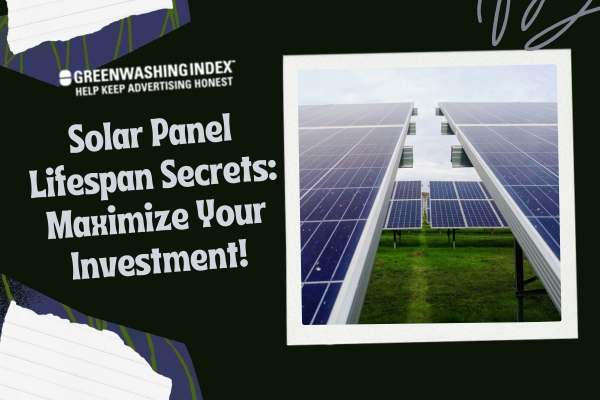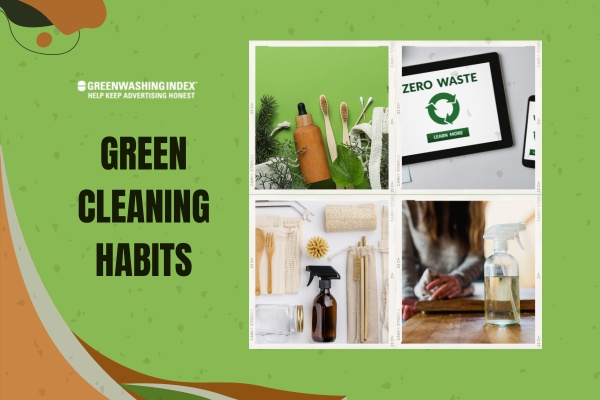Have you ever thought about how long the trusty solar panels of our roofs keep converting sunlight into power? Imagine investing in this clean energy technology only to wonder about its staying power.
The solar panel lifespan is a topic I find fascinating and super important for anyone looking to harness the sun’s energy efficiently and effectively. What if I told you that these silent, shiny slabs of tech could be your humble sidekick for decades?
Curious about how many sunrises your solar panels will see? Most panels come with the promise to last a pretty long while – often around 25 to 30 years before their power starts dipping below what’s considered optimal. But that’s not the end of their story!
With some love and attention, they could keep ticking for even longer, with some folks reporting their old-school panels just refusing to quit even after 30 years!
What You’ll Learn from This Read:
- The true story behind solar panel lifespan
- Simple ways to make sure your panels live out their golden years
- The clear signs that tell you it’s time for a solar check-up
- Secrets to squeezing every drop of juice from your solar setup
Understanding Solar Panel Lifespan
When we think about solar panels, it’s natural to ask, “How long will they last on my roof?” Knowing the lifespan of solar panels can help us plan for the future and understand the value of this eco-friendly investment.
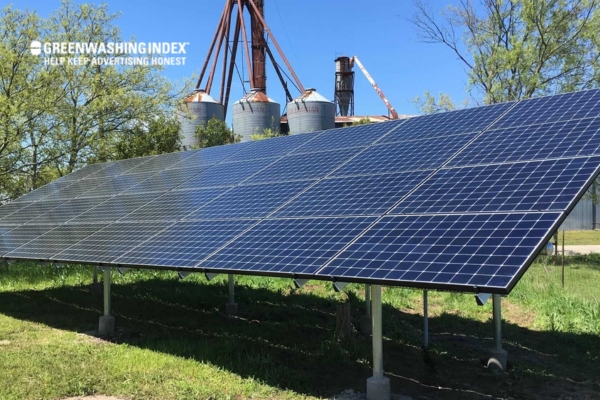
Expected Duration and Performance
When I talk about the solar panel lifespan, what I mean is how many years these panels sit on your roof, soaking up the sun and turning it into energy before they start to give you less power. Now, most folks who get solar panels can expect them to last a pretty good while. We’re talking about an average of around 25 to 30 years. Yeah, that’s quite some time!
But let me tell you something important here: just because a solar panel hits its silver anniversary doesn’t mean it stops working right then and there. What happens is they slowly get less effective at changing sunlight to electricity over time.
They call this “degradation rate,” which means they make a little less power each year. Good quality panels might only drop a teeny bit each year, so by the time they reach that 25-year mark, many can still give you more than 80% of the power they did when they were brand-spanking new.
For those thinking of getting solar panels or are new owners, knowing this gives a heads-up on what to expect down the line. Your solar panels won’t leave you in the dark suddenly but gradually mellow down like an old radio.
Factors Contributing to Longevity
Now let’s talk about what makes some solar panels stick around longer than others:
- Manufacturer quality: First off, not all solar panels are made equal. Some companies make them better – stronger frames, higher quality materials – all this stuff means your panels might last longer.
- Environmental impacts: If your home gets pounded by bad weather – I’m talking big hailstones or heavy snow loads – that can wear your panels out quicker.
- Installation practices: This one’s about how well those things are put onto your roof in the first place. Done wrongly, issues like water damage or too much weight could shorten their life.
- Maintenance routines: Lastly, if you keep an eye on your solar panels and clean ’em up now and again when leaves or dirt start throwing a party on top of them, you’ll help them last longer, too.
Each factor here can either add years to your solar panel lifespan or shave them off if things go south. It’s sort of like taking care of yourself: eat well and exercise vs eating junk food all day while sitting on the couch… one will likely lead to living healthier for longer!
So there you have it: keep these points in mind if you want those shiny rectangles on your roof doing their job for as long as possible before it’s time for an upgrade.
Also Read: Mattress Disposal: Easy Steps for Eco-Friendly Solutions
Prolonging Your Solar Panels’ Life
When I think about making the most out of my solar panels, I focus on how to keep them working well for as long as possible. After all, a solar panel’s lifespan is a big deal when it comes to saving money and being kind to the planet.
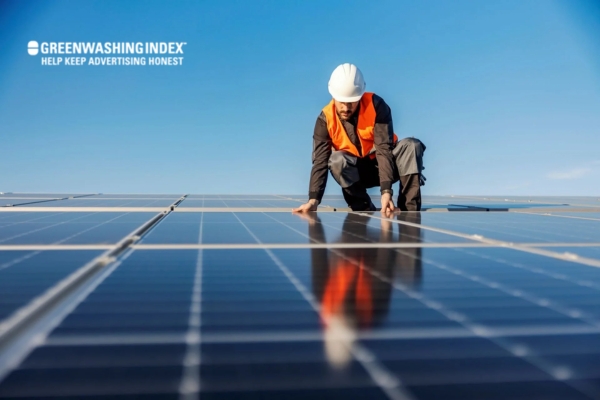
Selecting High-Quality Equipment
I’ve learned that quality matters a lot. Here are my reasons for choosing good equipment:
- Built to Last: High-quality solar panels are like a sturdy house that stands strong year after year.
- Better Materials: They use stuff that can take on heat and cold without breaking a sweat.
- Top Tech: The latest technology keeps them running smoothly and efficiently.
If you go for the best solar panels out there, you’re setting yourself up for success. They work better and won’t give up on you early.
The Benefit of Quality – Not All Panels Are Created Equal
It might be tempting to save some cash with cheaper panels, but here’s why I don’t skimp on quality:
- Long-Term Savings: Better panels might cost more now, but they save you money over time because they keep working without problems.
- Less Stress: You won’t have to fix or replace high-quality panels as often.
- Strong Guarantee: If something does go wrong, the warranty usually has your back.
Investing in quality means longer life for your solar panels. It’s like picking a heavy-duty backpack over one that might rip—the good one carries your stuff safely year after year.
Mitigating Environmental Damage
Weather and nature can be tough on your solar setup. Here’s how I protect my investment from harm:
- Shade Your Panels: Keep trees trimmed so branches won’t fall and damage the panels during storms.
- Use Guards: Critter guards stop birds and squirrels from nesting under the panels where they can chew wires or dirty things up.
- Combat Corrosion: If you live near the ocean, rinse off salty air regularly so it doesn’t eat away at your system.
Looking after your system means it’ll fight off weather attacks better and last longer.
Regular Maintenance Equals Longer Lifespan
Regular check-ups keep my solar system in top shape—here’s what I do:
- Keep ’em Clean: Wash away dirt or leaves so nothing blocks the sun from hitting those cells straight-on.
- Tighten Up: Every now and then, I make sure all bolts and parts are snug so nothing moves around or gets loose.
- Professional Eyes: Once in a while, an expert takes a look to catch any tiny issues before they turn into big troubles.
Simple steps like these give my system more days under the sun—keeping those power bills down for years!
Staying sharp with maintenance is key—it’s pretty much like giving your car regular tune-ups so it keeps running smoothly mile after mile!
Also Read: Eco-Friendly Paper Towels: A Composting Guide You Need
When Solar Panels Age: Signs And Symptoms
As someone who’s keenly interested in sustainable energy, I’ve learned a lot about the longevity of solar panels. When you invest in solar panels, knowing about their expected lifespan is crucial. So, how can you tell if your solar panels are getting old? Let me walk you through what to look for.
Tracking Efficiency Decline Over Time
Solar panels are built to last. However, with each passing year, they might lose a bit of their spark – literally. Their ability to convert sunlight into electric power can drop a little. Here’s how to spot if your panels’ efficiency is on the decline:
- Check your electricity bills: If you see that your savings aren’t as significant as they used to be, it could be because your solar panels aren’t performing as well.
- Monitor the energy output: Many systems include monitoring tools that show how much energy your panels produce every day. A downward trend in this number is worth looking into.
- Look at weather patterns: Sometimes efficiency dips because it’s been cloudy or rainy for weeks. Make sure you compare sunny days from past years with current sunny days for a fair assessment.
- Service call reminders: If every year goes by without maintenance checks, then it might be time to get a professional out there to see if everything’s working properly.
By keeping an eye on these things, you’ll know when it’s time to give your system some attention or consider an upgrade.
Physical Condition Matters
The physical condition of solar panels can say a lot about their remaining lifespan. Even the most robust and durable panels will start showing signs of wear and tear after many years under the sun:
- Visual inspections: From time to time, take a good look at your solar setup. Check for any visible damage, such as cracks on the glass surface or defects on the panel itself.
- Frame integrity: The aluminum frame holding the panel should still be intact and secure.
- Burn marks or discoloration: These might indicate that some parts are overheating or not functioning right anymore.
Remember three things:
- Keep trees trimmed so branches won’t fall onto and damage them.
- Watch out for any rusting on metal parts; that means water’s getting where it shouldn’t.
- Solar inverters usually have display screens – if they show error messages or warnings, don’t ignore these!
By noticing these physical changes early on, you can take action while there’s still time – maybe just some simple fixes could give them new life!
Keep tabs both visually and with hard data from bills and system monitors – that way, you will extend your solar panel lifespan effectively!
Also Read: Recyclability of Milk Cartons: Is It Possible or Not?
Troubleshooting Common Issues For Longer Life
As someone deeply connected with the concept of sustainability and green technology, I have personally invested time in understanding how to make my solar panels last as long as possible. Solar panel lifespan is a key topic for me, and troubleshooting common issues plays a huge part in that.
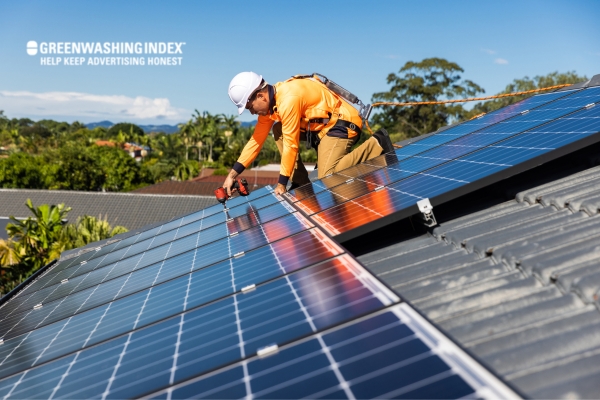
Upkeep Is Key – A Personal Case Study
Let me tell you, consistent upkeep has had quite an impact on the longevity of my solar panels.
Routine Cleanings:
A while back, I started noticing that my electricity output was dropping a bit. Turned out all they needed was a good cleaning. Dust and debris had accumulated on the surfaces. After cleaning them carefully with soapy water and a soft brush, their performance improved significantly.
Regular Inspections:
I also made it a habit to regularly check the physical condition of my panels for any damage, such as cracks or discolorations. This helped me address minor issues before they escalated into bigger ones that could have compromised their durability.
From this experience, here’s what I’ve learned:
- Cleanliness Matters: Keep those panels clean! Regular cleanings can prevent efficiency losses.
- Inspect Often: Look over your panels now and then. Catching small problems early could save you from bigger headaches down the line.
- Professional Checks: Have an expert look at your setup every few years just to be sure everything’s shipshape.
The Impact Of Upgrades And Replacements
Now, let’s talk about when it makes financial sense to upgrade components—or even whole systems—to keep up with an expected solar panel lifetime.
Technology Advancements:
Advancements in technology mean newer panels might be more efficient than older ones, even if they are working fine. Here’s when I consider upgrades:
- Energy Demand Increase: If my energy needs increase substantially and the current setup isn’t cutting it anymore.
- Significant Advances: When there are breakthrough improvements in panel technology offering much higher efficiencies or better durability.
- Warranty Expiration: Once the warranty period is over, if there’s any decrease in performance or new models are vastly superior, I think about an upgrade.
And replacements? They make sense primarily when repair costs for old panels exceed replacement costs with newer models or when old parts are no longer available.
So all these points hint at one thing – staying updated on innovations helps ensure peak performance through the entire solar panel life cycle:
- Weigh Cost vs Performance: Compare current system performance against potential from newer models.
- Long-Term Perspective: Consider future savings from increased efficiency against initial costs of upgrades or replacements.
There you have it — proper troubleshooting can lead to significant gains in both the performance and longevity of your precious solar equipment!
FAQs
After ten years, what condition are most solar panels in?
After ten years, most solar panels are still in good shape. They typically show a small drop in power output, around 10% or less.
Can you expect performance 25 years after your installation?
Yes, you can expect performance after 25 years. Good quality solar panels maintain about 80% efficiency even after two and a half decades.
Is it realistic for some solar panels to last up to 50 years?
It’s quite rare for solar panels to last 50 years. Mostly, they reach the end of their life before that, but some high-end models might get close with proper care.
How frequently do you see noticeable degradation in power output?
Noticeable degradation in power output is often seen at the rate of about 0.5% to 1% per year.
What technology currently leads to maximum efficiency?
Right now, monocrystalline silicon technology is known for providing the best efficiency in converting sunlight into electricity.
Conclusion
If you’re thinking about solar power for your home or business, understanding the lifespan of solar panels is crucial. High-quality panels can serve you well for many years to come with minimal performance loss.
Factors like environmental conditions and upkeep significantly shape how long your solar panels will last. Proper installation and regular maintenance are key strategies to ensure they live their full potential lifespan. Recognize the signs of aging in efficiency and physical condition so you can tackle issues promptly.
Key Takeaway Points:
- Invest in quality solar panels for a better lifespan.
- Regular maintenance is vital for durability.
- Be alert to the signs of aging and efficiency decline.
- Quality installation and protection from elements matter a lot.
- Upgrades may extend your system’s overall service life.

